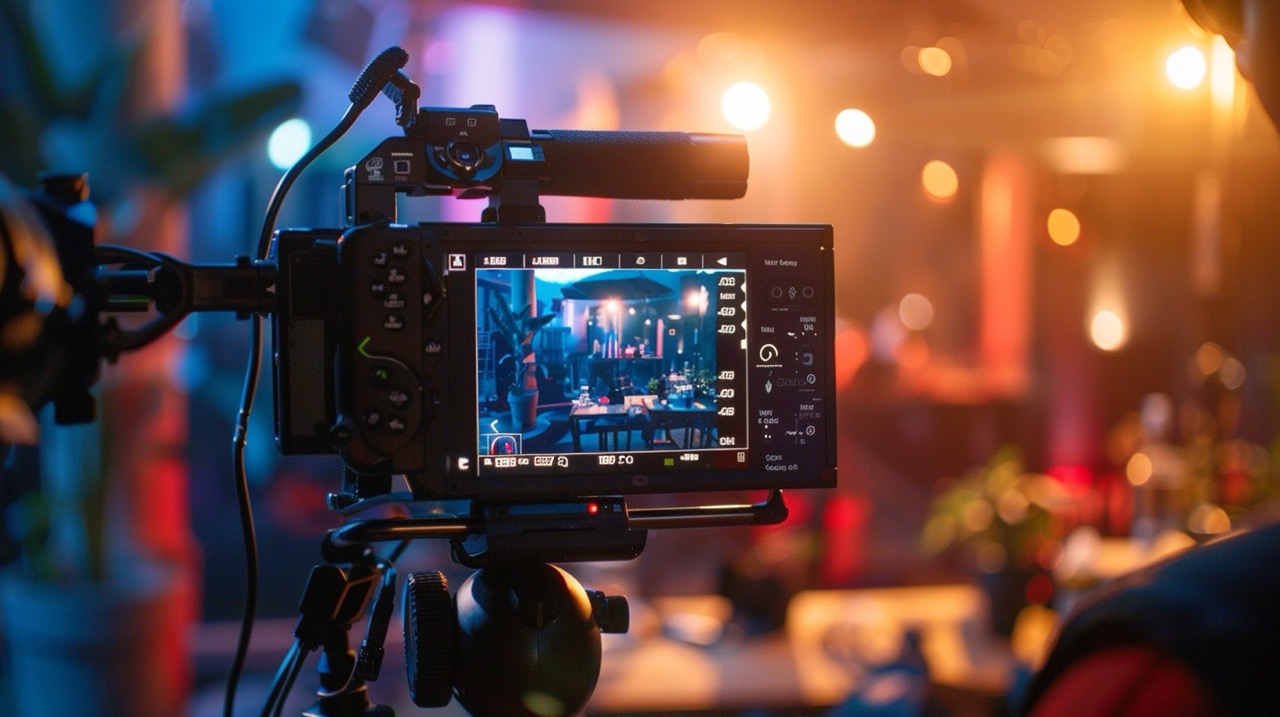In the world of filmmaking, visual storytelling is not just about framing and composition; it's also about how colors and light interact to evoke emotions and enhance the narrative. Brightness, contrast, saturation, and hue are fundamental elements that filmmakers manipulate to create visually stunning and emotionally resonant scenes. Understanding these elements can greatly improve the quality of a film and its ability to communicate with the audience.
Brightness, or the amount of light in a scene, is crucial in setting the mood and atmosphere. It can influence the viewer's perception and emotional response to the scene. Brightness can vary from the glaring light of a desert at noon to the dim glow of a candlelit room, each setting evoking a different feeling and context. In horror films, for example, low brightness is often used to create suspense and fear, as it limits visibility and makes the audience anticipate what might lurk in the shadows. Conversely, high brightness can convey happiness, safety, or isolation, depending on the context.
Contrast refers to the difference between the darkest and lightest elements in an image. It's a powerful tool for adding visual depth and dimensionality to a scene. High contrast images, with stark differences between light and dark areas, can appear more dynamic and dramatic. This technique is often used in noir films to create a sense of mystery and tension. On the other hand, low contrast scenes, where the dark and light areas are closer in tone, can produce a softer, more harmonious look, which is ideal for romantic or serene sequences.
Saturation is the intensity or purity of a color. High saturation means that colors are vivid and rich, while low saturation results in muted or washed-out colors. Filmmakers use saturation to control the emotional weight of a scene. Saturated colors can make a scene feel vibrant and lively, perfect for joyful or energetic moments. Desaturating colors, sometimes even to the point of creating a black and white image, can focus the audience's attention on textures, shapes, or emotional expressions, stripping away the distractions of color.
Hue refers to the actual color in the spectrum, from reds to violets. The choice of hues in filmmaking is never arbitrary; it's a deliberate decision that impacts the storytelling. Different hues can evoke different emotions and symbolize various themes. For example, blue can signify sadness, tranquility, or coldness, while red might represent passion, danger, or anger. By carefully selecting the hues that dominate a scene, filmmakers can subtly influence the audience's feelings and perceptions.

Color grading is the process of altering or enhancing the color of a motion picture, video image, or still image. It involves adjusting brightness, contrast, saturation, and hue to achieve the desired aesthetic. Here are a few techniques filmmakers use:
In conclusion, the manipulation of brightness, contrast, saturation, and hue is a critical aspect of filmmaking that allows directors and cinematographers to convey mood, emphasize themes, and tell stories more effectively. By understanding and applying these concepts, filmmakers can enhance the visual appeal of their work and create a more immersive and emotional experience for the audience.
For a deeper dive into these elements and how they can transform your filmmaking, keep exploring and experimenting with these tools in your projects.

CINEMA LUTS VOL. 1
Turn your footage into cinematic masterpieces with our 1-Click solution LUTs. Over 30 handcrafted presets are waiting for you!
Free Tools
LUT Converter (65 to 33)
© cinema-luts.com
Imprint - Privacy Policy - Cookies - Blog